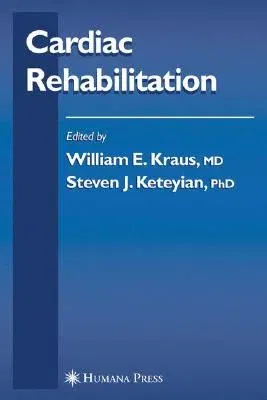The era of cardiac rehabilitation in the United States dates back at
least thirty years, when Herman Hellerstein at Case Western Reserve,
Andy Wallace at Duke and Ken Cooper in Dallas envisioned that a
comprehensive lifestyle approach to the rehabi- tation and prevention of
patients having had a cardiac event would potentially yield great
benefits for the individual patient and the health care system. Until
that time, the thought of vigorous exercise in the cardiac patient soon
after an event was close to anathema. One of us (WEK) was introduced to
Herman Hellerstein in Cleveland in the late 1960's, when his father
sought medical opinion from him for a cardiac condition. WEK was
introduced to Andy Wallace in 1979 by which time the latter had started
a multidisciplinary, geographically regional cardiac rehabilitation
program at Duke based upon consultations with Hellerstein and Cooper. By
then, cardiac rehab- itation was progressing beyond the vision of
exercise only, and since then the concept of cardiac rehabilitation has
grown into the comprehensive multidisciplinary program that we know
today and that we attempt to describe in this volume. The practice of
cardiac rehabilitation has grown and metamorphosed in the last thirty
years in parallel with the growth and metamorphosis of the practice of
card- vascular medicine. During the formative stages of cardiac
rehabilitation, the use of coronary care units was in its infancy. The
coronary artery bypass operation was less than ten years old. The LIMA
bypass had not been invented.

